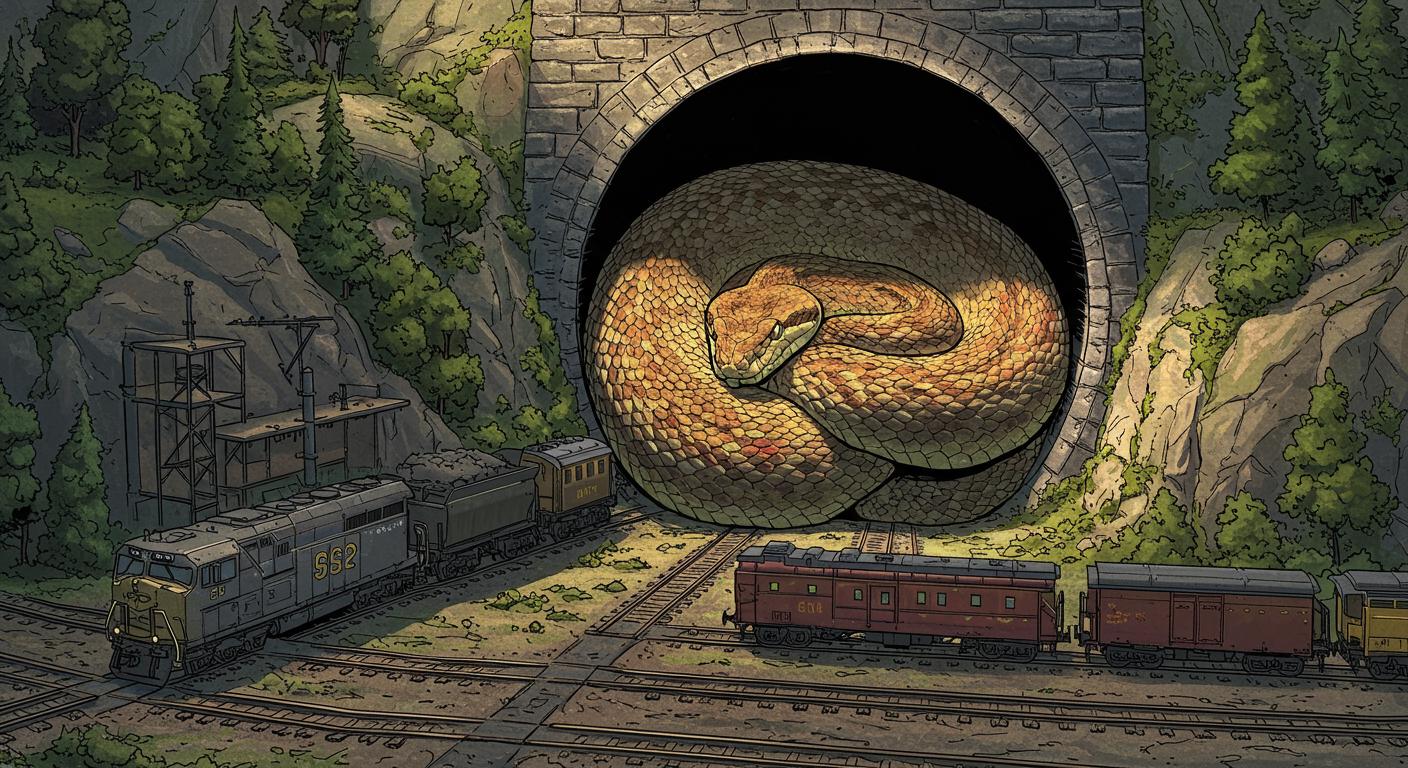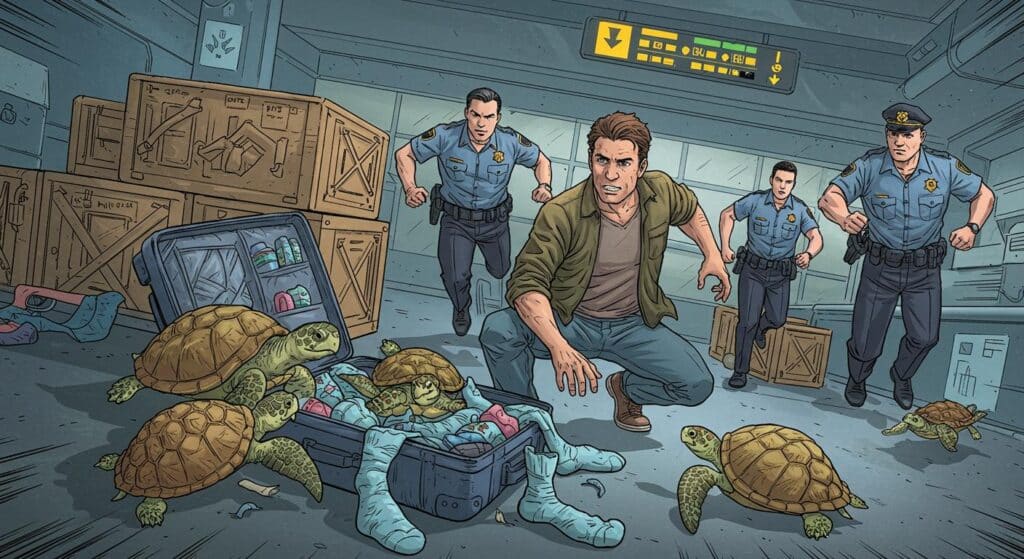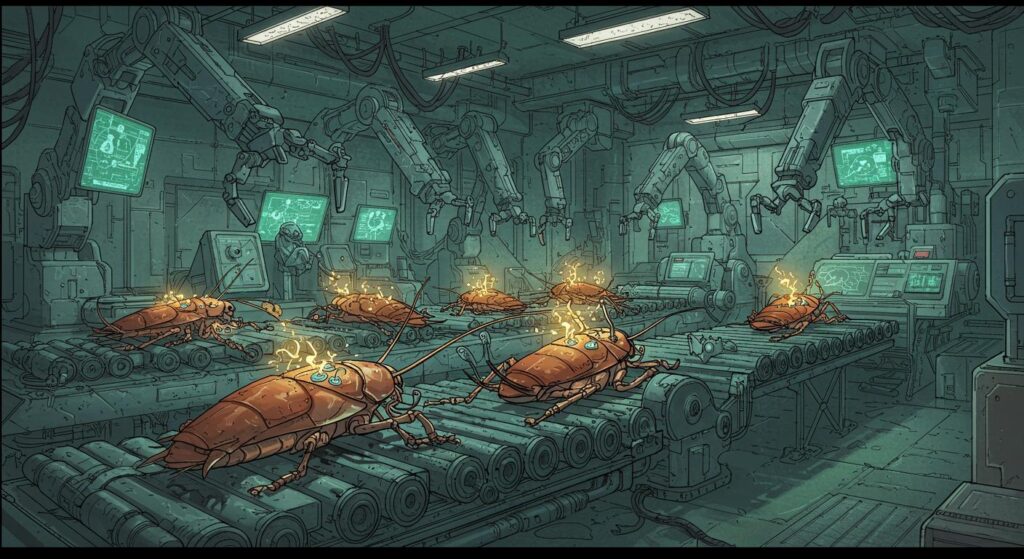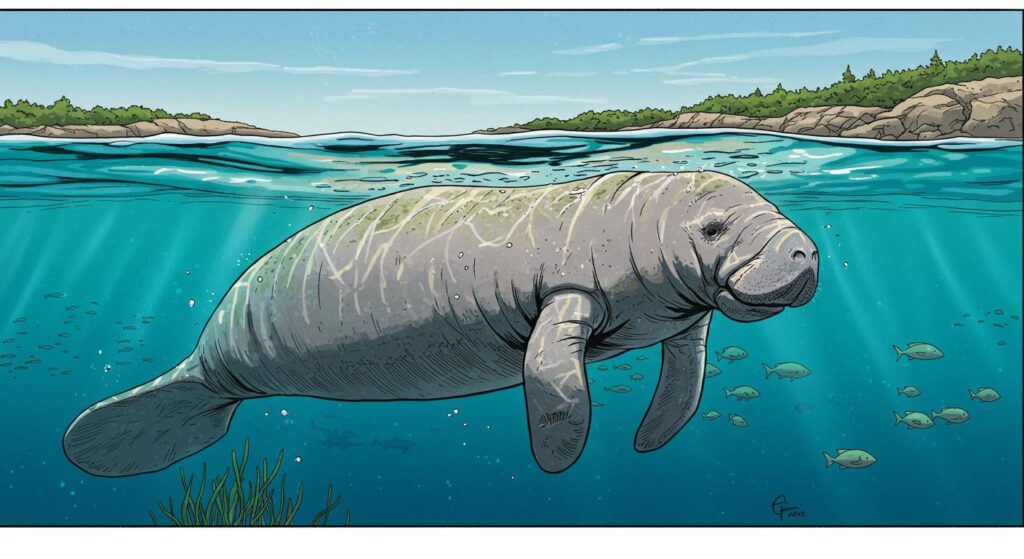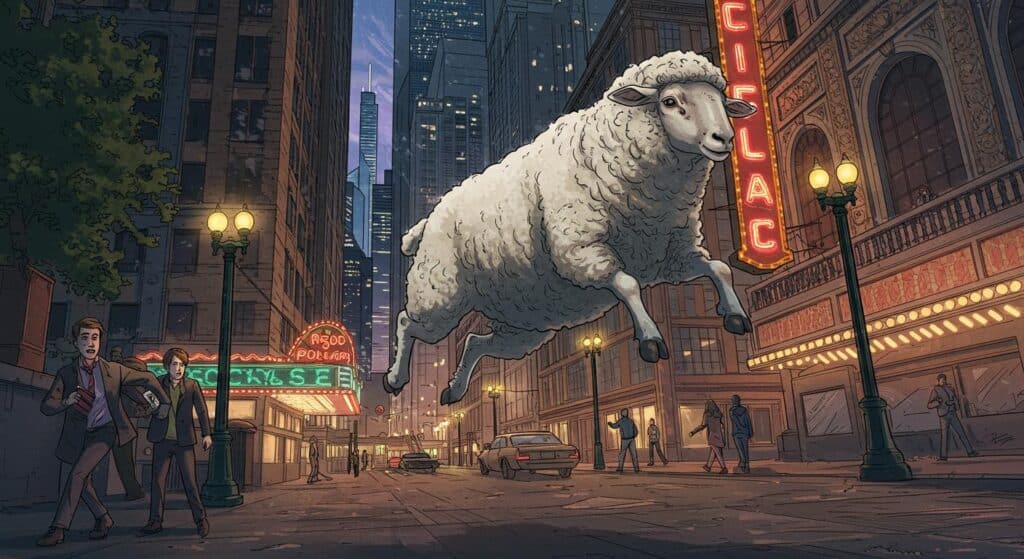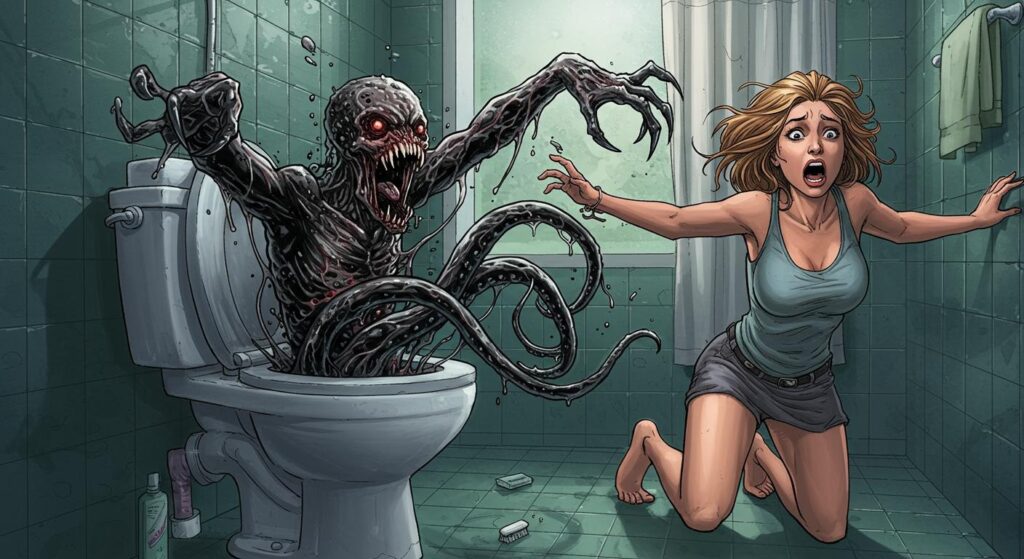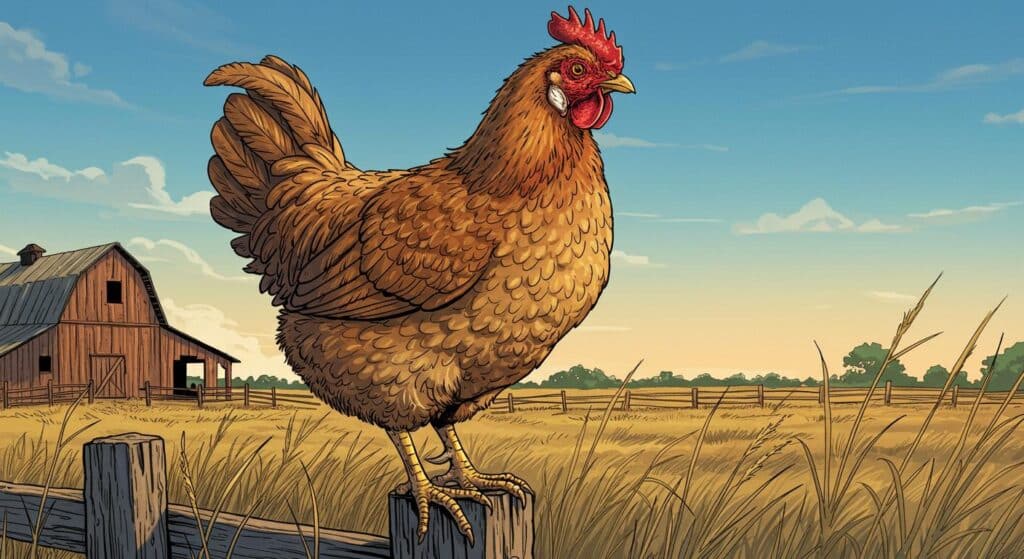Sometimes the intersection of human hobby and animal improvisation steams ahead in delightfully unexpected directions. Case in point from Queensland, Australia: what started out as a routine spin with a model train set instead screeched to a halt after a resident noticed a very convincing “rubber snake” lounging inside one of the set’s tunnels. The illusion was shattered when closer inspection revealed the interloper was alive and well—and, despite its affinity for model infrastructure, not part of the original kit.
The Model Railroad’s Scaly Signal Failure
Details highlighted in a recent UPI report chronicle how Stuart McKenzie of Sunshine Coast Snake Catchers 24/7 responded to the call. The home’s resident, perhaps already versed in the peculiarities of Australian wildlife, initially assumed the snake was a harmless prop. Not so: the brown tree snake, described by McKenzie’s business as “healthy and rather large,” had decided to nap in the plastic tunnel and, by all accounts, showed no interest in the train schedule.
Video shared by the team documents McKenzie carefully negotiating the snake’s eviction from its temporary lair. He notes in the footage that the animal appeared poised to shed its skin—so maybe it was just looking for a little privacy. The snake was eventually ushered back to a nearby tree, with a gentle parting suggestion to stick to the non-miniature branches in the future.
For context, brown tree snakes are indeed venomous, though the report clarifies that their bite typically poses little threat to healthy adult humans. Still, one imagines most collectors would prefer their rolling stock delayed by the usual household cat or dust bunny, rather than a reptile with a taste for model scenery.
Where Craft and Creature Cross Tracks
The incident fits seamlessly within what might be termed “Australian Problems,” but there’s a very particular, almost storybook quality to the whole thing. The tunnel—a labor of hobby and imagination—becomes, for a brief, surreal moment, yet another outpost of the local ecosystem. The snake, perhaps attracted to the tunnel’s cool shade or simply indulging its fondness for novel napping spots, unwittingly upends the scare-proof serenity of scale-model suburbia.
As the outlet documents, this friendly invasion follows on the heels of other recent animal capers: coyotes needing rescue, bears raiding sunflower seed stashes, and an angler in Pennsylvania managing to land an alligator. It’s a recurring pattern—the places we build to ward off reality aren’t immune to the larger plots playing out just beyond the walls, whether those walls are full-scale or HO gauge.
One can’t help but picture the snake’s assessment: “Nice tunnel. No trains. This will do.” Or perhaps, after the redeployment to a more arboreal perch, a lingering nostalgia for the simple comforts of plastic and painted foam.
Tiny Engines, Unexpected Obstacles
In retrospect, train set enthusiasts might add a new item to the list of maintenance hazards. Who expects to find a venomous snake curled up amid plastic lichen and simulated culverts? The story, recapped earlier in the report, highlights how even the smallest of artificial landscapes serves as an invitation—sometimes irresistible—for the neighborhood wildlife.
There’s something endearing, and oddly reassuring, about these collisions of the planned and the unpredictable. For McKenzie, it was a routine day’s work (with a uniquely scenic route), for the homeowner, an anecdote to beat most others at any model railway club gathering.
Would this be enough to reroute your own model ambitions? Or perhaps just an incentive to double-check those tunnels before the next test run? Either way, it’s a reminder that, in the grand interplay between artifice and the wild, even the most carefully constructed track sometimes leads straight to the unexpected.

